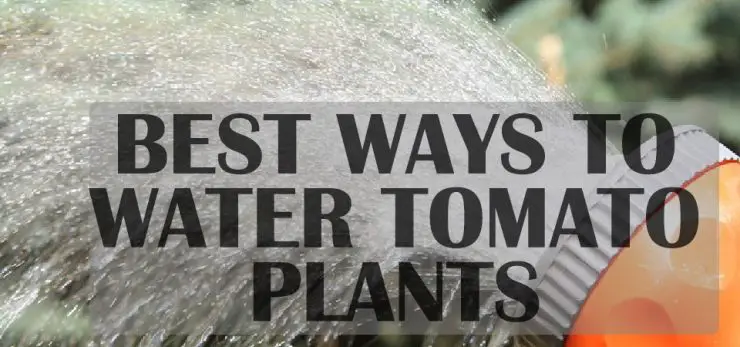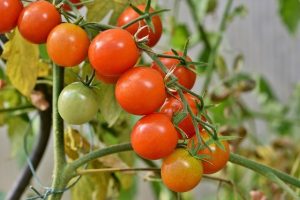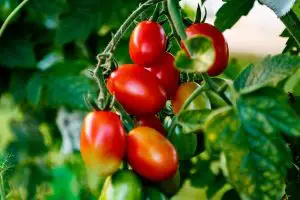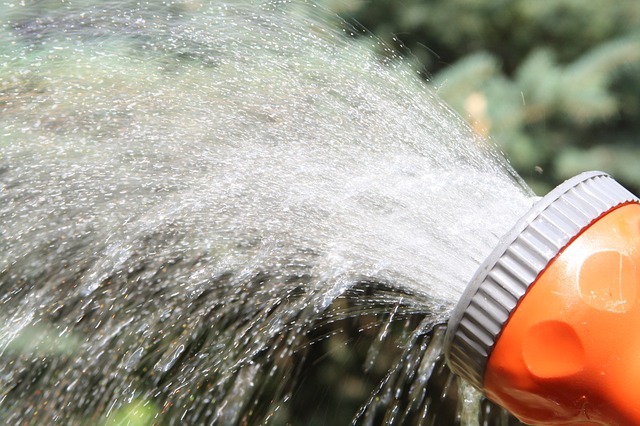In this no-stone unturned article, we talked about the few best ways that you can water tomato plants. But here’s one thing you should know…
There is no one best way to water tomato plants since situations surrounding one tomato plant may vary from that surrounding another tomato plant.
A tomato plant could be grown in grow pots or it could be amidst lots of other tomato plants in a large field. And so, the technique for watering the plant at this level will differ one from another.
For example, the watering technique which may be suitable for a potted tomato plant will be wrong for large scale production of tomatoes.
Different ways of watering tomatoes include:
- Try manual watering.
- Employing
various irrigation techniques suitable for large scale tomato farming.
- Hose-end Irrigation
- Drip Irrigation
Contents
So, are these aforementioned ways the best ways to water tomatoes?
Quite ambiguous as it sounds, the answer is yes. But as we mentioned earlier, this depends wholly on the growing area.
Let’s take a look at these ways.
Manual Watering
Starting small, you know—potted plants, garden plants, grow bag tomato plants—the use of watering cans is normal. The advantage of manually watering this small amount of plants is that while it allows you to focus properly on the plants, it also conserves energy and money.
To manually water a field of tomato plants isn’t unheard of, in fact, I can bet there are still fields of tomato plants out there that are being manually watered.
Of course, unless it’s a family sort of business, the owner of that field has to spend more funds to pay for that. That may be a disadvantage for you, therefore, if you’re a large scale owner of a tomato farm, you may want to consider some methods of irrigation using sprinklers.
It is important to note that manual watering can be done with a watering can or with a hose sprinkler. We talked about hose sprinklers below.
Using Irrigation Techniques
Wikipedia defines irrigation as “the application of controlled amounts of water to plants at needed intervals.” This is most commonly used with large scale farming.
I believe you could use some irrigation techniques for watering tomatoes in your garden too, though not all the techniques will be cost-friendly for a small tomato garden. For somewhat small gardens, you could make use of the drip irrigation technique or, use hose-end sprinklers in the middle of your garden.
With drip irrigation and hose-end sprinkling method, all you have to do is configure the number of times the dripper is activated so as to avoid the supply of improper amounts of water to the tomatoes.
As for the Hose-End Irrigation method, it can be used with a garden hose to deliver certain unmeasured amounts of water to the tomato plants. Some could be placed in the ground temporarily and others have specifications that allow them to be pulled on the ground while dispensing water.
Advantages of Hose-End Irrigation
- You have some control over the amount of water you release unto your tomato plants.
- Carrying the hose around with the water flowing through it can easily exercise your arms.
- You can sprinkle water on harder to reach places with ease.
Disadvantages of Hose-End Irrigation
- Your constant presence is required to keep the tomato plants watered.
Drip Irrigation, on the other hand, is also one of the best ways to water tomatoes. Here, water is applied directly to, or just close to the roots of the plants. It’s said to be the most water-efficient method of irrigation if it is done properly.
Advantages of Drip Irrigation.
- It is a stress-free way of watering your tomato plants.
- Drought protection for your crops.
- It reduces the occurrence of runoff and evaporation.
Disadvantages of (drip) irrigation
- The use of drip line irrigation will cause a rise in soil salinity.
- Drip irrigation filters get clogged at times by algae.
Parting words
Which of these methods of delivering water to tomato plants would you recommend to someone who is new to growing tomatoes and doesn’t grow on a large scale? Kindly share your thoughts below.
- Best Grow Bags For Lettuce: 6 Things To Consider Before Buying! - January 23, 2023
- Can A Snowblower Remove Ice: Best Ice Breaking Technique Revealed! - December 30, 2022
- What Is The Best Gas For A Snowblower? - January 12, 2022






Add comment